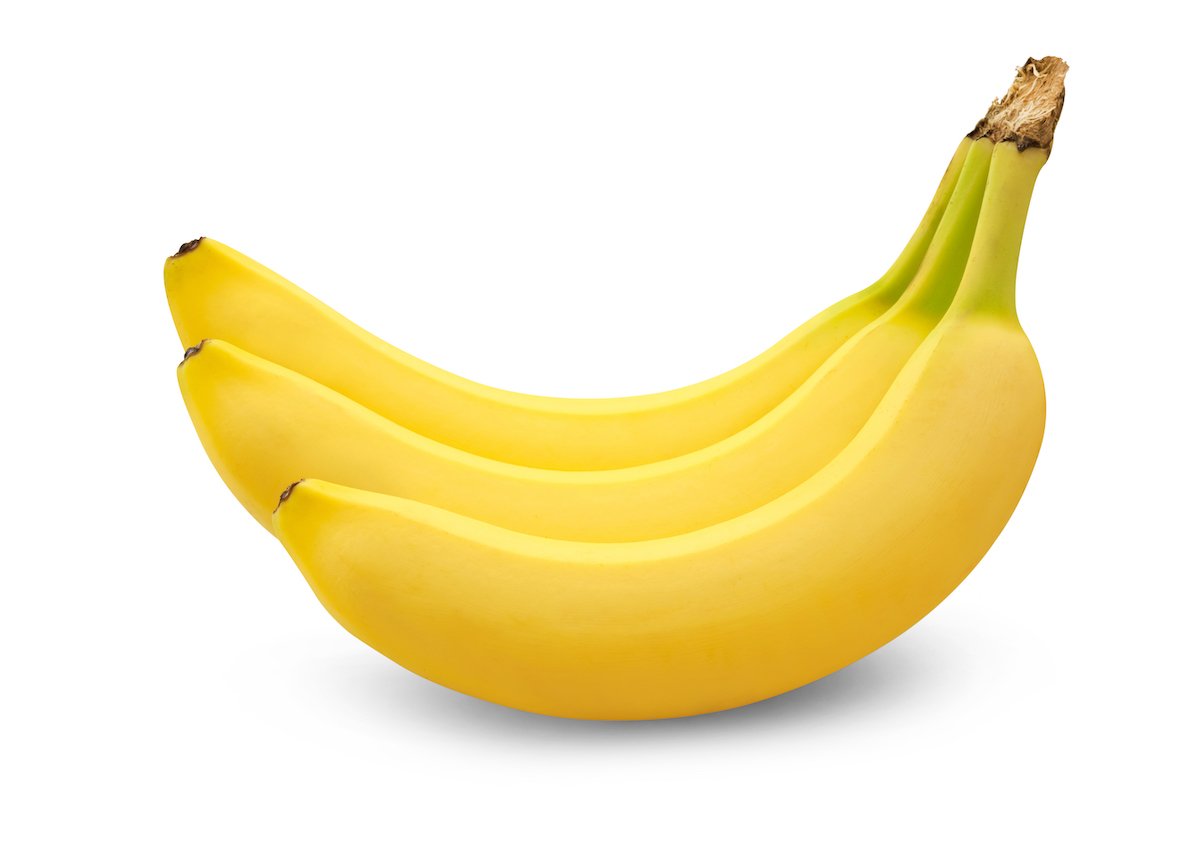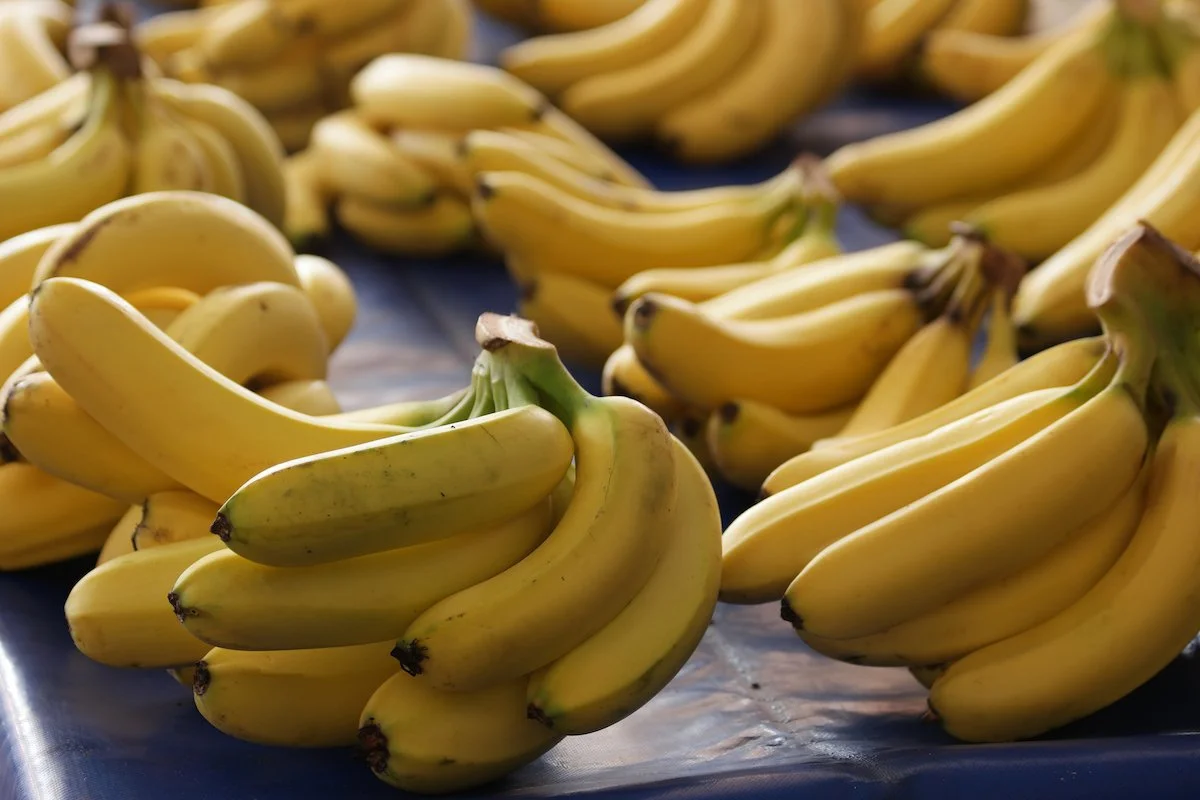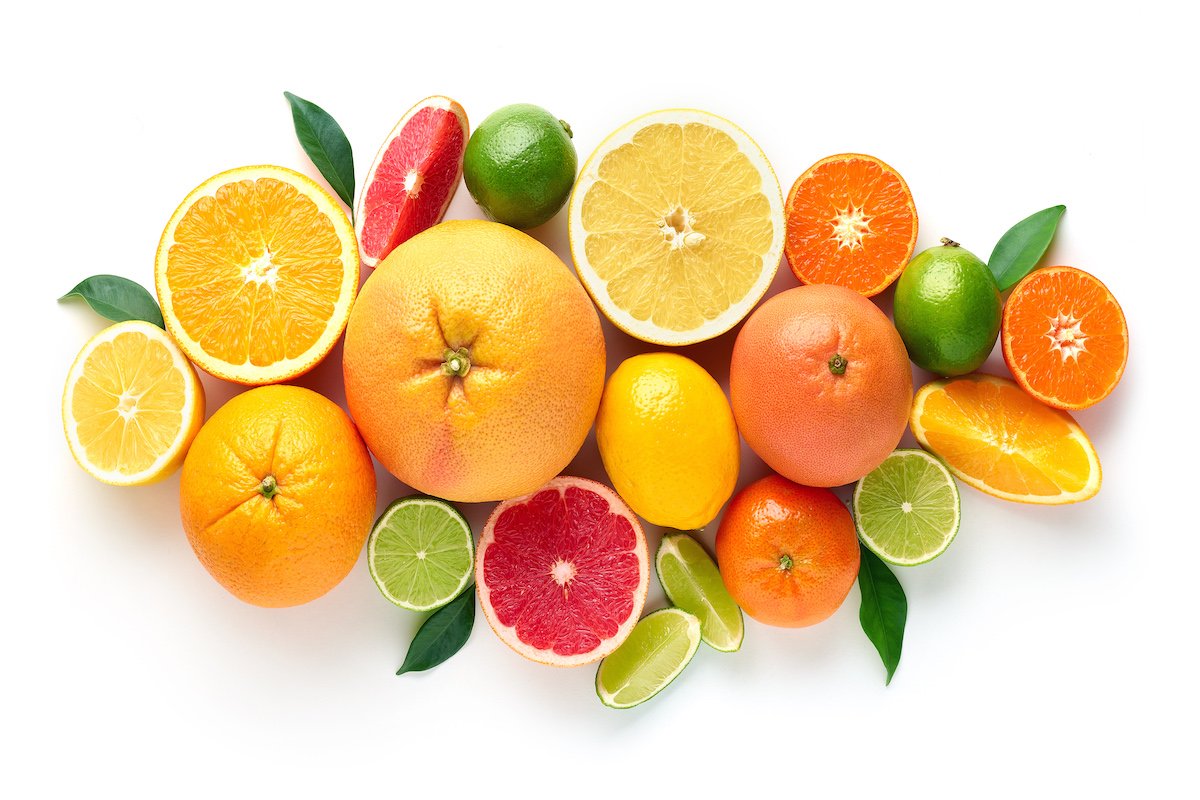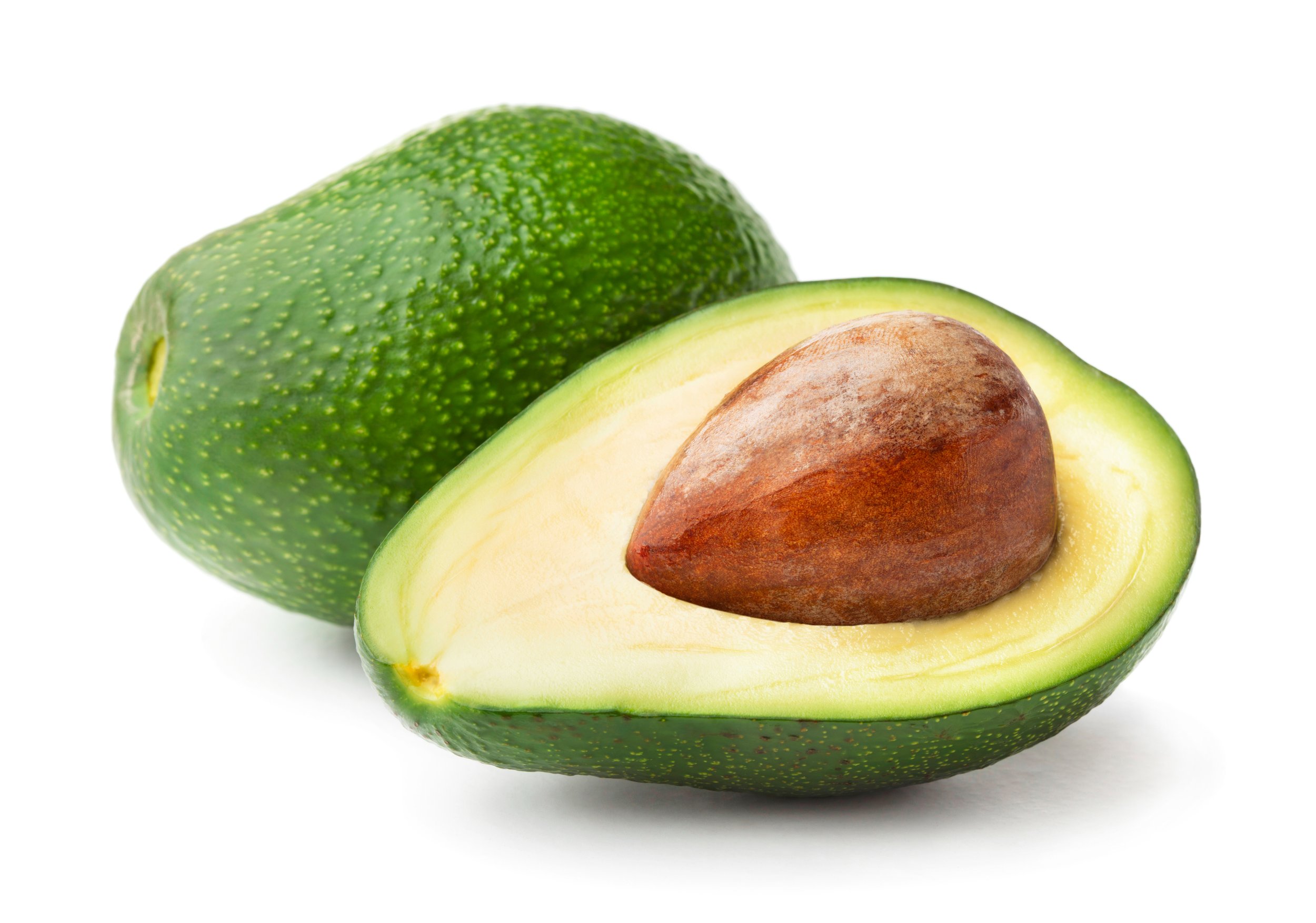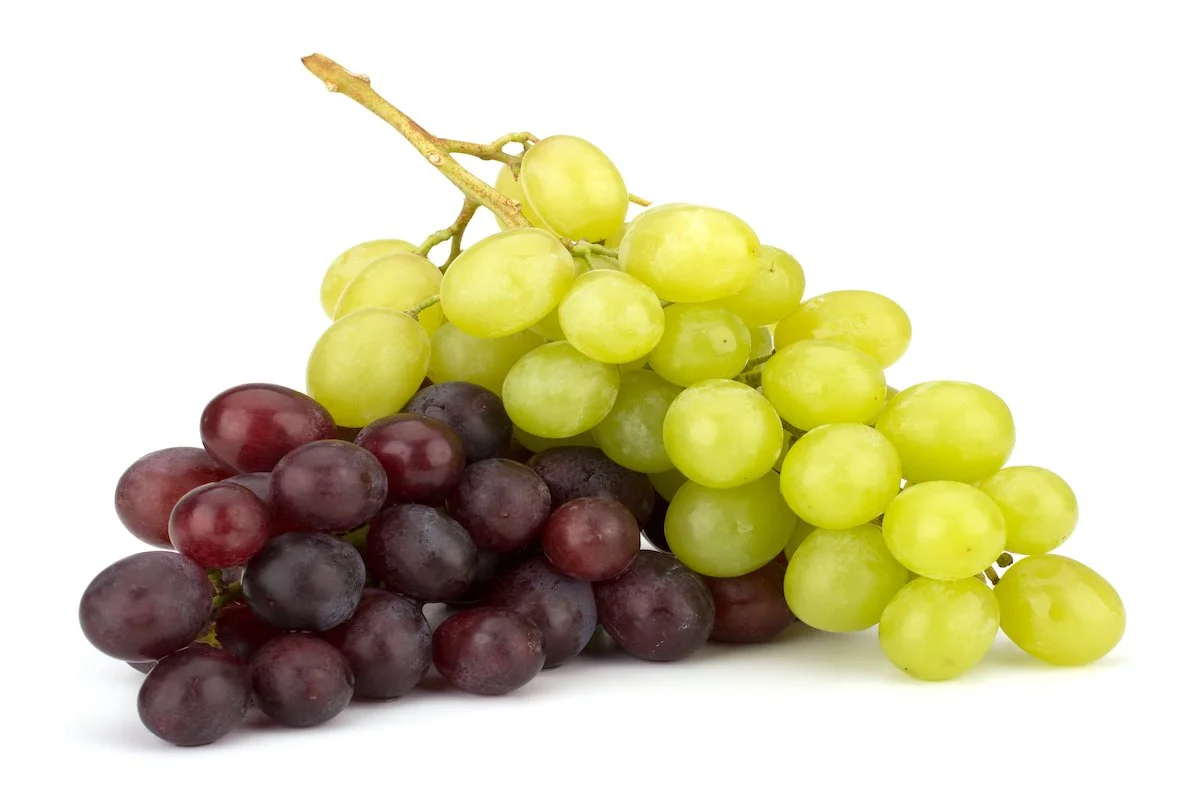Produce Product Knowledge - Banana Handling 🌎
Languages: English, French, Spanish (North America)
Media Editing: The video module(s) in this subject are editable under our Content Studio offering unless otherwise indicated. For more information about Content Studio, contact your CSM.
Description: Bananas are a popular fruit purchased by many customers. While it is a simple fruit, bananas require specific care, and employees must know how to protect the fruit and help keep it fresh for customers. In this subject, learners are taught best practices for correctly handling, storing, and displaying bananas. Techniques include: only picking up bananas by the crown, how to speed up or slow down the ripening process, the importance of grouping like-colored bananas together on displays, and more.
Topics
Receiving & Storing Bananas
-
In this topic, learners are taught best practices for receiving and storing bananas, so they stay fresh for customers. This includes strategies for avoiding chill damage, how to help under-ripe bananas ripen naturally, and how to prevent banana boxes from collapsing. Learners are also taught techniques for how they can protect and keep bananas fresh while in storage, so the ripening process isn’t accelerated, and their shelf life isn’t shortened.
-
Questions (level 1, 2, 3)
-
Translated content is typically AI-generated, and in some instances, it's been human-reviewed. Review the list below for translation details within this topic.
English
French
Questions = AI-translated
Spanish
Questions = human-translated
-
When pallets of bananas arrive at your store, remove the plastic shrink wrap immediately so the boxes don’t accumulate heat and speed up the ripening process.
To avoid bruising or damaging bananas, handle boxes and pallets carefully; avoid rough handling or dropping boxes on the floor.
Bring bananas into storage immediately once they’ve been delivered. Bananas can get chill damage and turn gray if they get too cold, or ripen too quickly if they are exposed to heat.
Store bananas away from direct heat and sunlight so the ripening process isn’t accelerated, and their shelf life isn’t shortened.
Store bananas between 56° to 58° Fahrenheit. Any lower can result in chill damage, and any hotter may speed up ripening too quickly.
Store and display bananas away from doors, windows, exterior walls, and cold and hot drafts to prevent damage to the bananas or unintentional acceleration of the ripening process.
To prevent the boxes from crushing the fruit and /or collapsing, never cross stack boxes more than five boxes high.
When the fruit arrives, check the color of the bananas to find out the ripeness of the fruit, to determine what should be done with it to ensure freshness.
To store boxes of bananas, remove the lids of the boxes, fold back the plastic liner, and cross stack the boxes to allow for ventilation to slow down the ripening process.
If the bananas require further ripening, put the boxes with the least ripe fruit on the bottom layer when cross stacking boxes to give the fruit time to ripen naturally so they stay fresh for customers.
Preview of topic image for “Receiving & Storing Bananas” as this topic is questions only.
Handling & Displaying Bananas
-
Bananas aren’t a particularly hearty fruit; they require careful handling, so customers find them appealing. In this topic, learners are taught how to identify when bananas are ripe, so they know which bananas to put on display. Learners are also taught techniques for stocking banana displays on the sales floor, like displaying banana clusters in a single layer, and grouping like-colored bananas together, so that customers can easily see and find the bananas they’d like to purchase.
-
Questions (level 1, 2, 3)
Video module
-
Translated content is typically AI-generated, and in some instances, it's been human-reviewed. Review the list below for translation details within this topic.
English
French
Questions = AI-translated
Videos = AI-translated
Spanish
Questions = human-translated
Videos = human-translated
-
There are seven stages used to determine the ripeness of a banana. At stage one, the banana is green and under-ripe. At stage seven, the banana is yellow and flecked with brown.
Since customer preferences for banana ripeness vary, display bananas from stages four to six to ensure customers can purchase what they like.
Limit handling bananas and hold them only by the crown (the very top of the cluster) to avoid marking or bruising the fruit.
Display fruit at various stages of ripeness. Group like-colored bananas together, starting from stage four to stage six, to encourage customers to visually inspect the fruit so they handle it less.
Display bananas in a single layer, on padded surfaces, with their crowns up. This protects the fruit and makes it visually appealing to customers.
Maintain a clean and fresh display by removing any fruit that is broken, spotty, or scarred.

